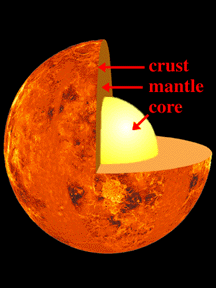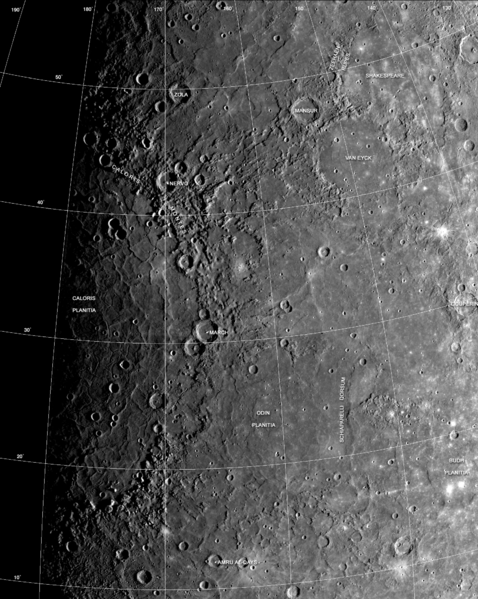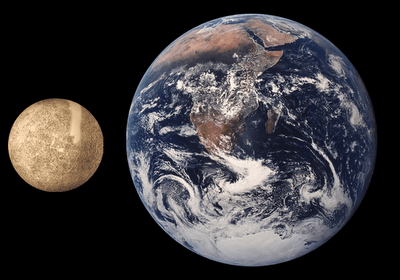[/caption]
The average circumference of Venus is 38,025 km.
Need some comparison? The average circumference of Earth is 40,041 km. And then if you compare the two numbers, you find that the circumference of Venus is about 95% the circumference of Earth.
If you’ll notice at the top of the article, I specified that we’re talking about the “average circumference”. That’s the number if you average out all the circumference measurements around the planet. This is normally very important when you measure the circumference of planets since they’re often spinning quite rapidly. This rotation causes them to flatten out and bulge around the equator. This means that the equatorial circumference is larger than the circumference if you measure it from pole to pole.
The average (or mean) circumference on Earth is 40,041 km. The equatorial circumference is 40,075 km, and the polar circumference is 40,008 km. So you can see, that’s a pretty big difference, and the average is very important. But here’s the thing. Venus rotates so slowly that it doesn’t bulge at the equator. While the Earth turns once on its axis every 24 hours, Venus takes 243 days to complete a day – that’s even longer than a year on Venus!
Need your numbers in miles? No problem. The circumference of Venus in miles is 23,628 miles.
We have written many articles about Venus for Universe Today. Here’s an article about Venus’ wet, volcanic past, and here’s an article about how Venus might have had continents and oceans in the ancient past.
Want more information on Venus? Here’s a link to Hubblesite’s News Releases about Venus, and here’s NASA’s Solar System Exploration Guide to Venus.
We have recorded a whole episode of Astronomy Cast that’s only about planet Venus. Listen to it here, Episode 50: Venus.






